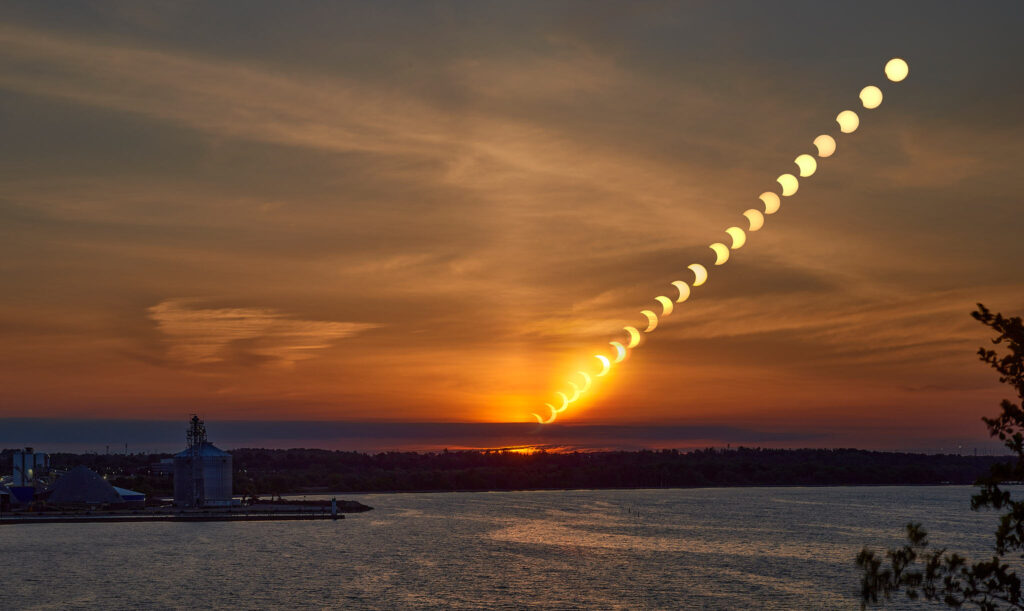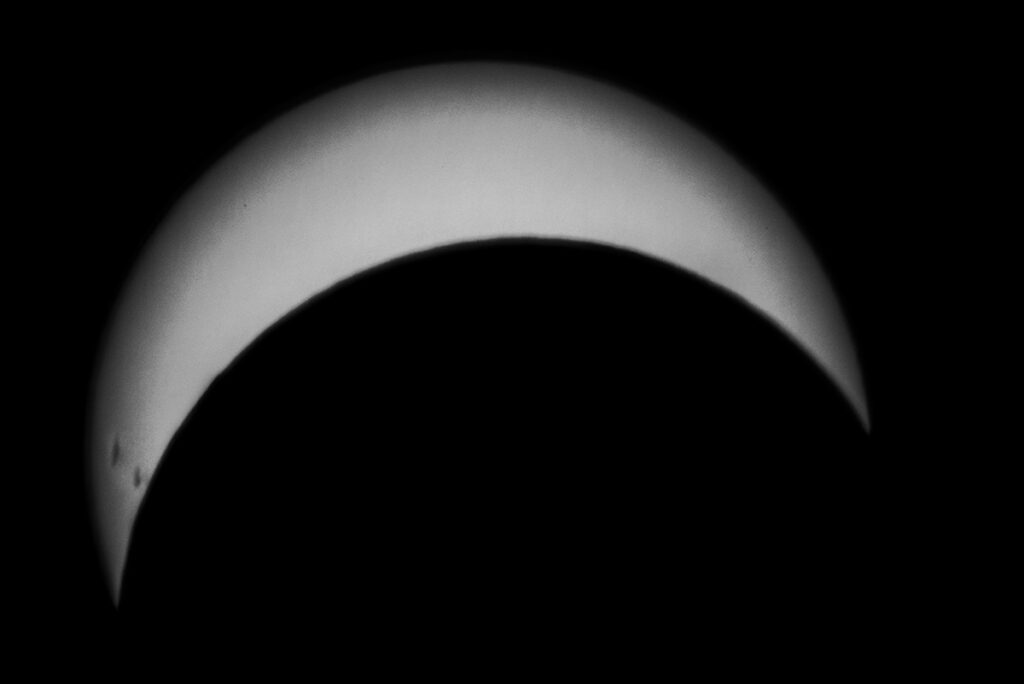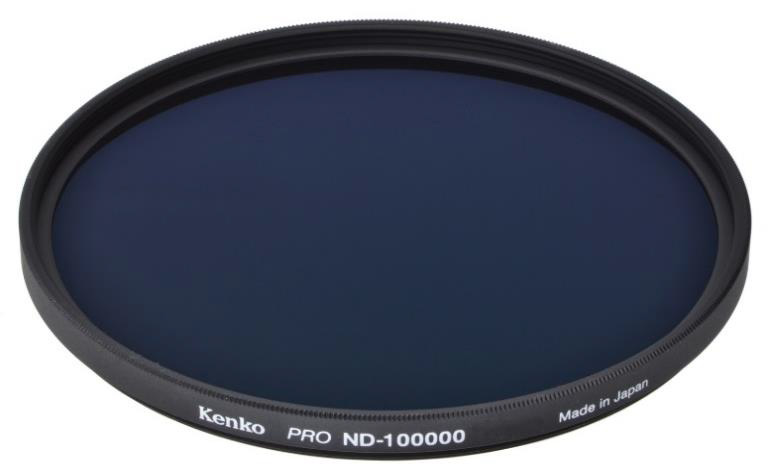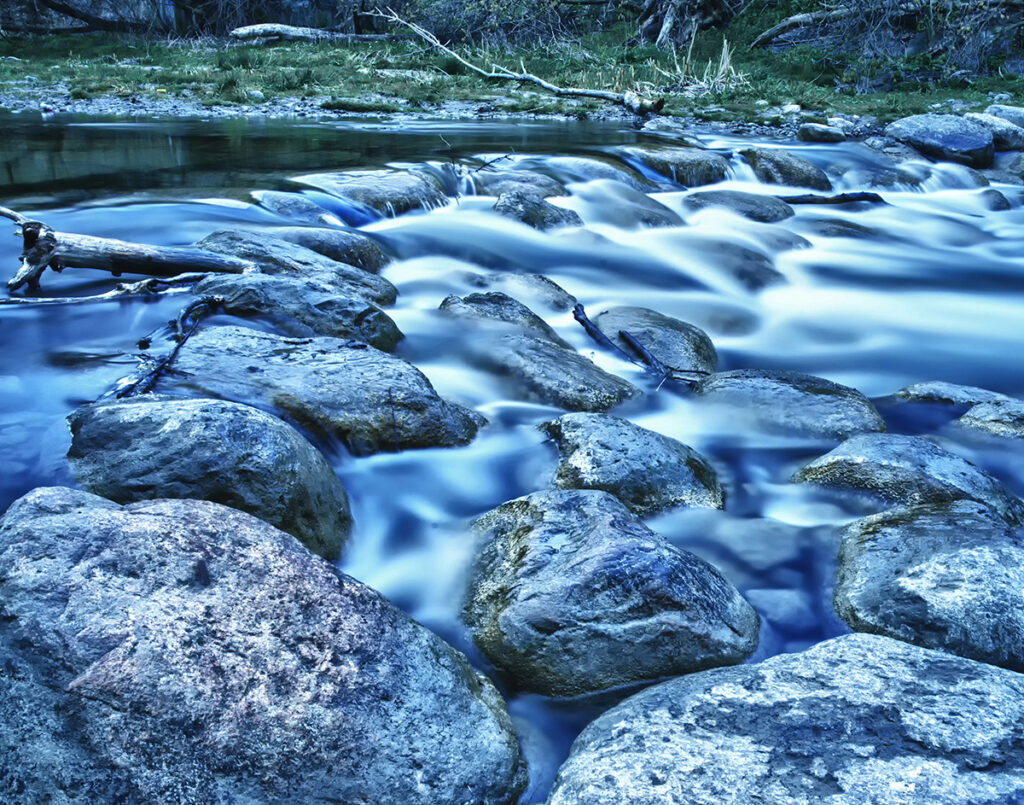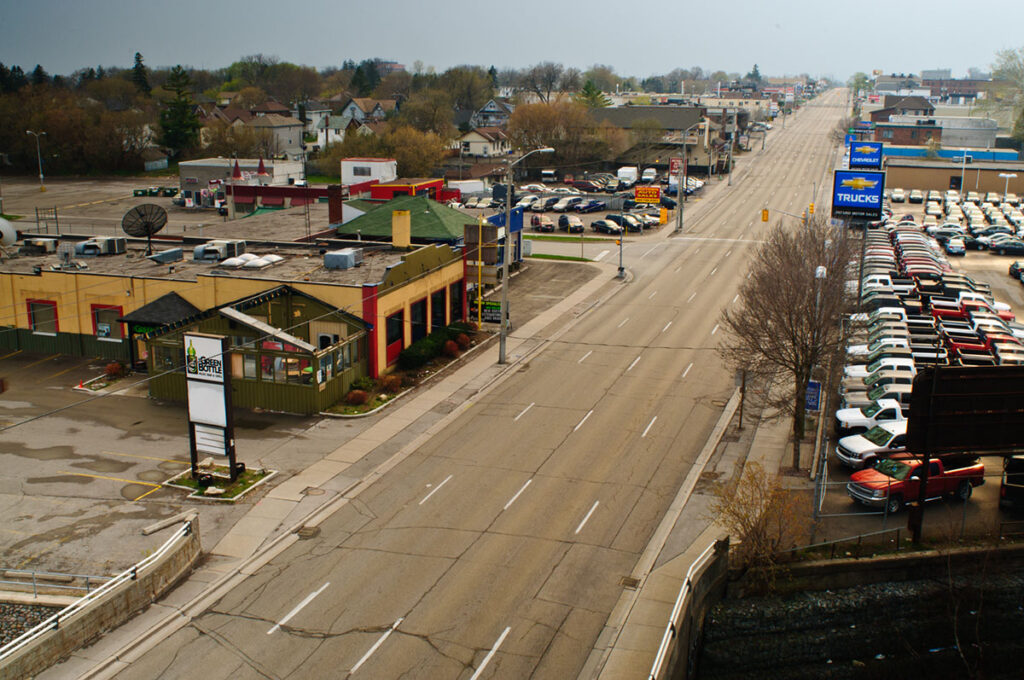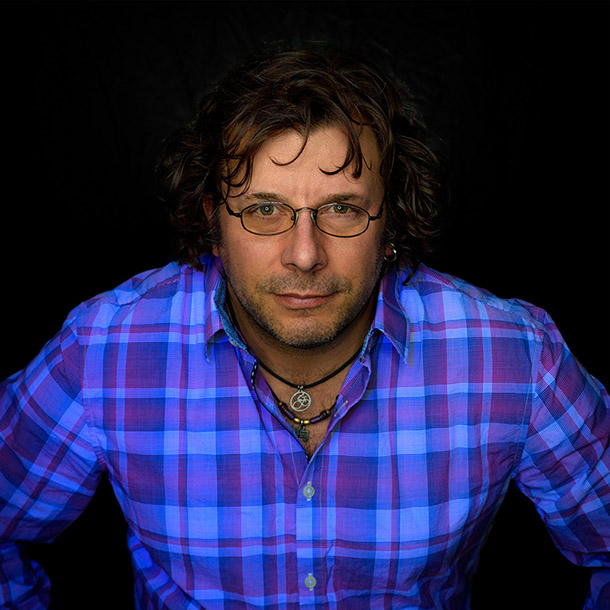On October 14, 2023, an annular solar eclipse will cross Canada. An eclipse happens when the Moon passes between the Sun and the Earth. An annular solar eclipse, unlike a total solar eclipse, is where the a thin ring of light remains around the Moon’s silhouette. This creates a spectacle often called a “Ring of Fire”.
This eclipse will be best viewed in Western Canada, where viewers will see 70%-80% coverage of the sun. Most of Quebec and the Maritimes will only get up to 10% coverage of the sun but it will still provide some great experiences for many photographers. If you want to see total coverage of the moon in front of the sun, you’ll have to travel south to Oregon, Nevada, Utah, New Mexico, Texas, Central America, Columbia and Brazil. If you’re traveling south, take me with you!!
The eclipse will start just after 9:00AM PDT on Vancouver Island and finish around 3:30PM ADT in Nova Scotia.
We cannot stress this next part enough:
DO NOT LOOK DIRECTLY INTO THE SUN, ESPECIALLY DURING A SOLAR ECLIPSE. DO NOT POINT YOUR CAMERA AT THE SUN WITHOUT PROPER FILTERS TO PROTECT YOUR SENSOR.
You can burn a hole in your retinas and/or your imaging sensor when not taking the necessary precautions whilst photographing the Sun. You will more than likely not be able to use your viewfinder to compose images – Live View should work perfectly, after you have installed your filters.
Kenko created a handy PDF with lots of details and some TIPS,
The key to capturing perfect images of the solar eclipse is to use the right filter. In the past, I’ve used special solar filters designed for telescopes. They aren’t as optically correct as a photography filter due to the difference in resolution. For this image, , I used the equivalent of ND100,000 filters on my Tamron 150-600 G2, plus Tamron 1.4x and 2.0x teleconverters and Kenko 1.4x and 2.0x teleconverters.
Why not stack filters?
I often stack filters – especially an ND1000 on top of a circular polarizer. C-POL normally only give you 1 to 1.5 stops of light darkening. Stacking filters multiplies their effect. Therefore, ND1000 plus C-POL will still only give me a maximum of ND1,500. To get close to the light blocking required for solar eclipse photography, I need to add an ND16 or stronger to my ND1000. That’s an equivalent of ND16,000 or 14 stops. That’s a useable combination. However, if want to use a wide-angle lens, I run the risk of vignetting from the two filters. No matter which lens I’m using, there’s a further risk of reflections and double images.
Thankfully, I have an optically perfect Kenko Pro ND100,0000 filter. ND100,000 is the equivalent of just over 16.5 stops of light. To put this into photographer’s perspective, if your ISO and Aperture remain the same, you would have to use a 256 second/4.25 minute exposure with ND100,000 to match a 1/400s exposure without the filter!!
This filter will allow you to photograph the entire solar eclipse without having to remove the filter. You can keep your aperture set to it’s sharpest – usually f/8 to f/11 – and adjust your shutter speed from 1/2000s down to 1/200 (at ISO100). The Pro ND100,000 is a very versatile solution for any photographer who wants to capture a range of images of the solar eclipse.
Is the Sun the only thing I can photograph with ND100,000?
Absolutely not! I spent a day wandering around Oshawa taking photos with exposure times from 3 to 5 minutes, such as this waterfall.
I also took this image of Highway 2/King Street in Oshawa on a busy weekday. It’s a 300 second exposure in the middle of the day. If you look closely, you can see the two cars ghosted at the traffic lights.
The creative opportunities afforded by using one single filter that blocks 16.5 stops of light is astounding.
Thankfully, we don’t have to get out of bed too early for this eclipse. Fingers crossed for clear skies!
Items Discussed
Author: Will Prentice
A portrait, fine art and commercial photographer for 30 plus years, Will Prentice is not just a contributor to PHOTONews magazine, but also host of PHOTONewsTV, owner of Captura Photography+Imaging and Technical Support/Brand Manager for Amplis Foto, Canada’s largest distributor of photographic equipment.
Will teaches photographers of all skill levels how to improve their craft – from creative photo projects to picking the right gear for their needs to flattering lighting to getting the best expressions to creating final images for screen and print. His unique style of highly detailed images with perfect tonality, wide dynamic range and stunning colour is instantly recognizable. Commercial clients rely on Will’s creative eye and mastery of lighting.
When he’s not behind the camera or in front of a class, you’ll find Will outdoors in any weather – usually on one of his bikes or enjoying time with his grandchildren.



